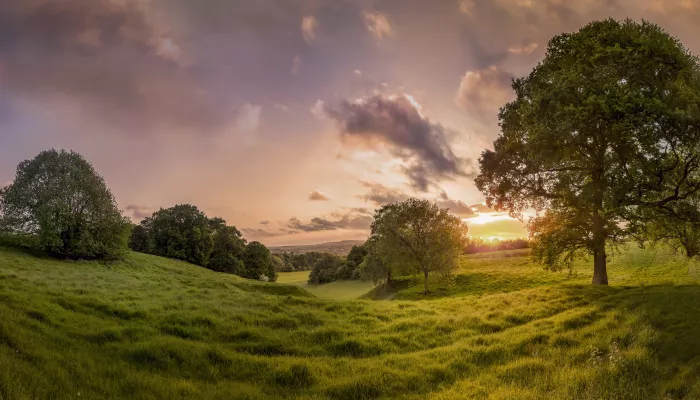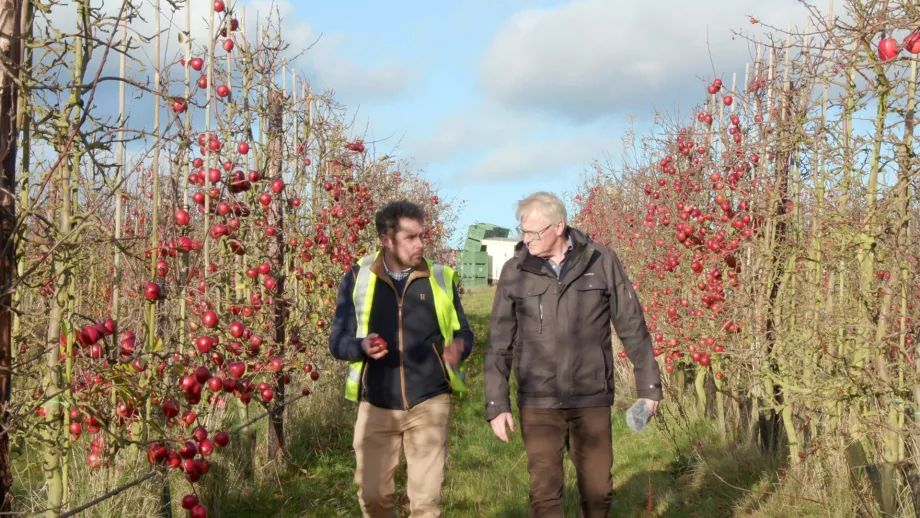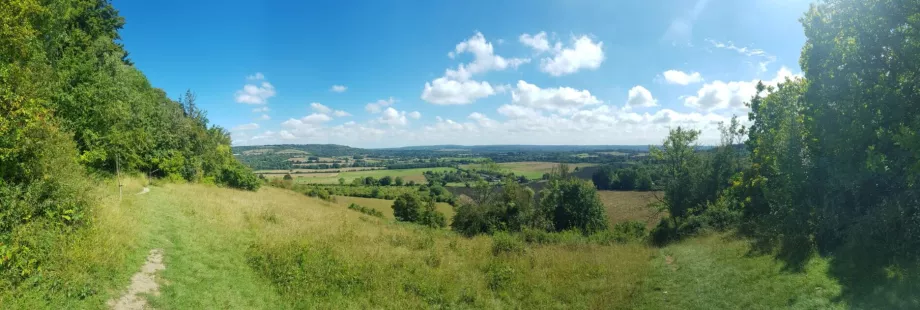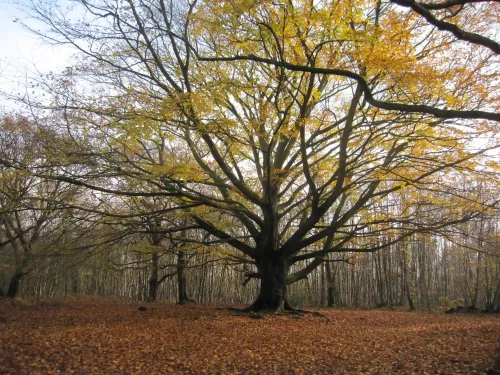
10 must-visit Kent woodlands
Be sure to check out these 10 woods whilst exploring Kent, each offering something a little different across the county.


Brown hare by Chris Gomersall/2020VISION
By joining forces, farmers are creating field margins and hedgerows which provide habitat for wildlife across large landscapes. These wildlife corridors are vital for species to thrive.
By planting trees around their water courses and reducing or eliminating chemical use, they’re regenerating rivers and streams, reducing soil erosion, silt build up and improving biodiversity.
By leaving low grade agricultural land to wildlife and rewetting land that has been drained, farmers are able to give back more than just food to the nation.
By reducing the use of pesticides, herbicides and fungicides, they’re providing food for the organisms in the soil and for birds that feed on arable seeds such as turtle doves or insect eaters such as flycatchers and cuckoos.
Landscape resilience is not just a plus for nature. It helps farmers and landowners too. With rising costs of fertilisers, herbicides and pesticides, reduced usage saves money. That’s the bottom line.
Intensive practices such as ploughing the topsoil take away organic matter and leave the soil open to erosion barren. What remains is soil easily compacted in winter which can starve plant roots and give them little room to grow, resulting in the perceived need for more ploughing.

© Tim Horton
Regenerative practices improve organic matter in soils. Increased fungi, worms and bacteria give more nutrients to the plants without a need for fertiliser, their activity under the soil aerates the soil and reduces compaction. In return for giving back, farmers can improve their yields and the quality of their harvests.
By creating a more diverse landscape and letting nature into the environment, farmers can benefit from the natural processes. Herbicides are often not species specific and can kill more than they target which can reduce populations of pollinators providing useful services to flowering crops. By letting in more insects, you’re also bringing in the predators of the pests that can impact crops.
Where grazing of a single species occurs over a long period, the grass tends to become less complex, new scrub and woodlands fail to develop and the land begins to look like a bowling green.
Diversification is a less high stakes game which provides farmers more resilience through a wider range of profit streams.

© Michael Tulley

Be sure to check out these 10 woods whilst exploring Kent, each offering something a little different across the county.

Since bison were released into West Blean and Thornden Woods on the outskirts of Canterbury, they have not only transformed the landscape but significantly grown in number.

Natasha Ruskin explores something terrifying: a world without woodlands.